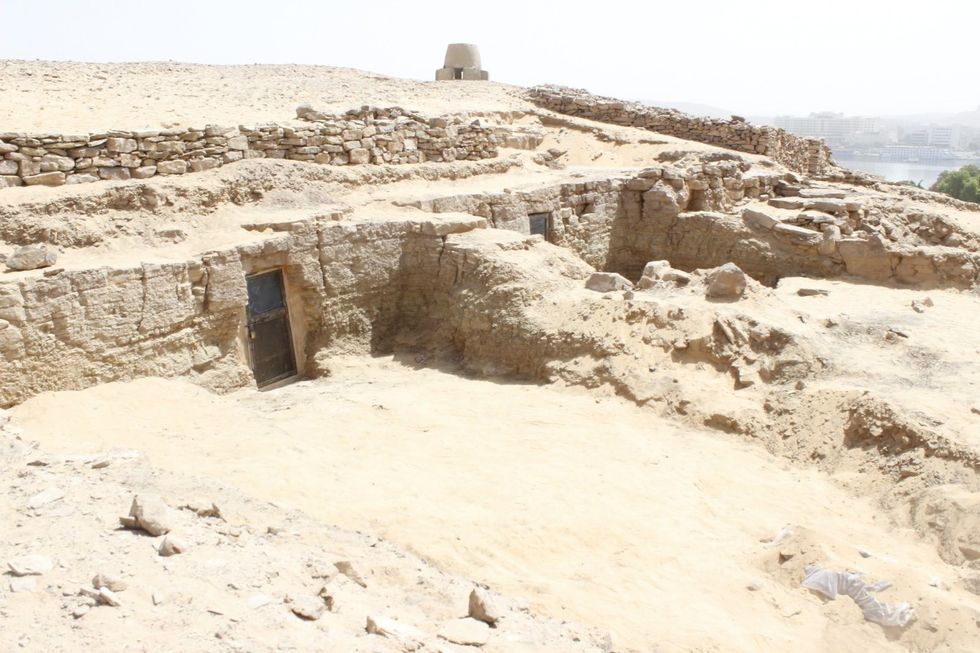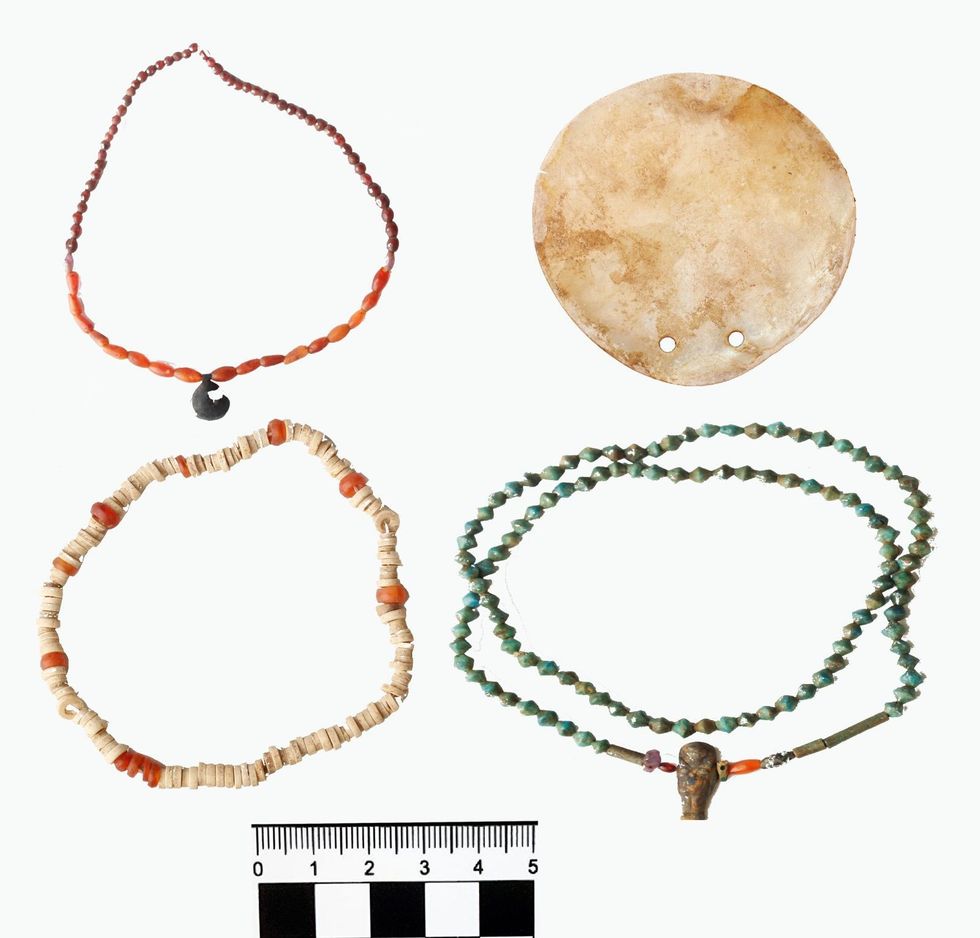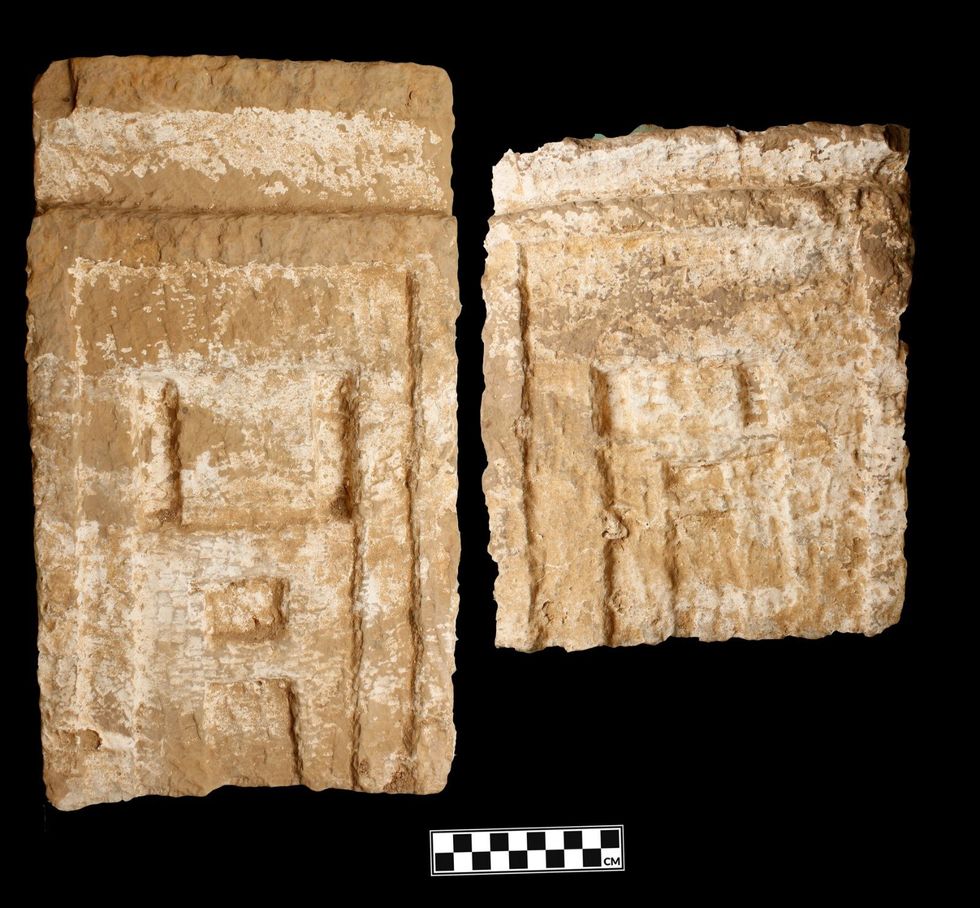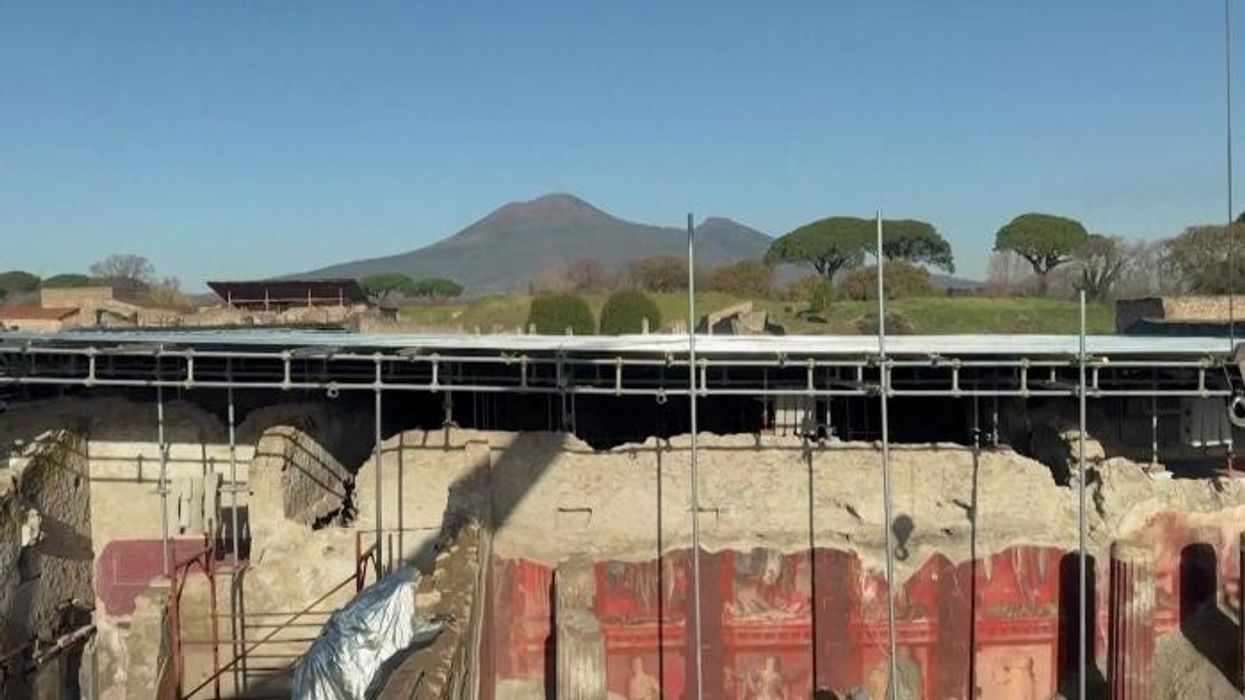Archaeology breakthrough as three 4,000-year-old rock-cut tombs uncover rare discovery

The discovery has been hailed as a significant 'scientific addition'
Don't Miss
Most Read
Latest
Three ancient rock-cut tombs, dating back 4,000 years, have been uncovered by Egyptian archaeologists at the Qubbat al-Hawa necropolis near Aswan.
It comes as Egypt’s Tourism and Antiquities Ministry announced the discovery at the Qubbat al-Hawa necropolis, on the west bank of the Nile in southern Egypt near Aswan, during the current excavation season.
The site is regarded as being a burial ground for nobles and senior officials.
This latest breakthrough by Egyptian researchers has opened further opportunity into uncovering more detail into one of the more unknown periods in ancient Egyptian history.
Head of the Supreme Council of Antiquities’ Egyptian sector, Mohamed Abdel Badi, said archaeologists did not find any inscriptions on the first tomb.
He added that it did, however, feature an open courtyard.
Inside, the archaeologists reportedly uncovered human skeletal remains in the tomb along with two false doors, offering tables, ceramic vessels, and wooden coffins.
Although, it is understood the finds were in poor condition.

Egyptian researches discovered three tombs at Qubbat al-Hawa necropolis
|EGYPTIAN MINISTRY OF TOURISM
Several of the items carried markings made by early writing dating back to the Old Kingdom (2868-2181 BCE).
Similarly, archaeologists did not find any inscriptions on the second tomb which was found west of the first.
The discovery found two offering tables and pottery pieces which are believed to be linked to the Middle Kingdom (2055-1650 BCE).
But it was the third tomb which stood out to researchers for its unique design, compared to the other two.

Archaeologists discovered three tombs dating back 4000 years ago in Egypt
|EGYPTIAN MINISTRY OF TOURISM
They uncovered a large collection of well-preserved pottery and skeletal remains of children and adults.
Evidence indicates the tomb dates to the Old Kingdom.
The Supreme Council’s Secretary-General and head of the excavation team, Mohamed Ismail Khaled, said it was an “important scientific addition”.
Khaled added that it shed “light on a critical transitional period between the end of the Old Kingdom and the beginning of the First Intermediate Period”.

The discovery was made at the Qubbat al-Hawa necropolis
|EGYPTIAN MINISTRY OF TOURISM
“Some tombs did not inscribe hieroglyphic texts but still featured traditional architecture and burial customs, which may indicate limited economic resources at that time,” Khaled said.
The Qubbat al-Hawa necropolis is named after the tomb of Sheikh Ali Abu al-Hawa which lays on a hill near where the new discoveries were found.
The tombs overlook the Botanical Island and Elephantine Island with Khaled explaining the significance of the necropolis over history.
"The reuse of these tombs during the Middle Kingdom underscores the long-standing role of Qubbat al-Hawa as a key burial site across various eras of ancient Egypt," said Khaled.











